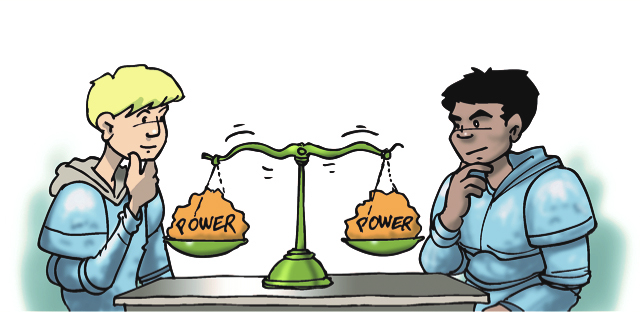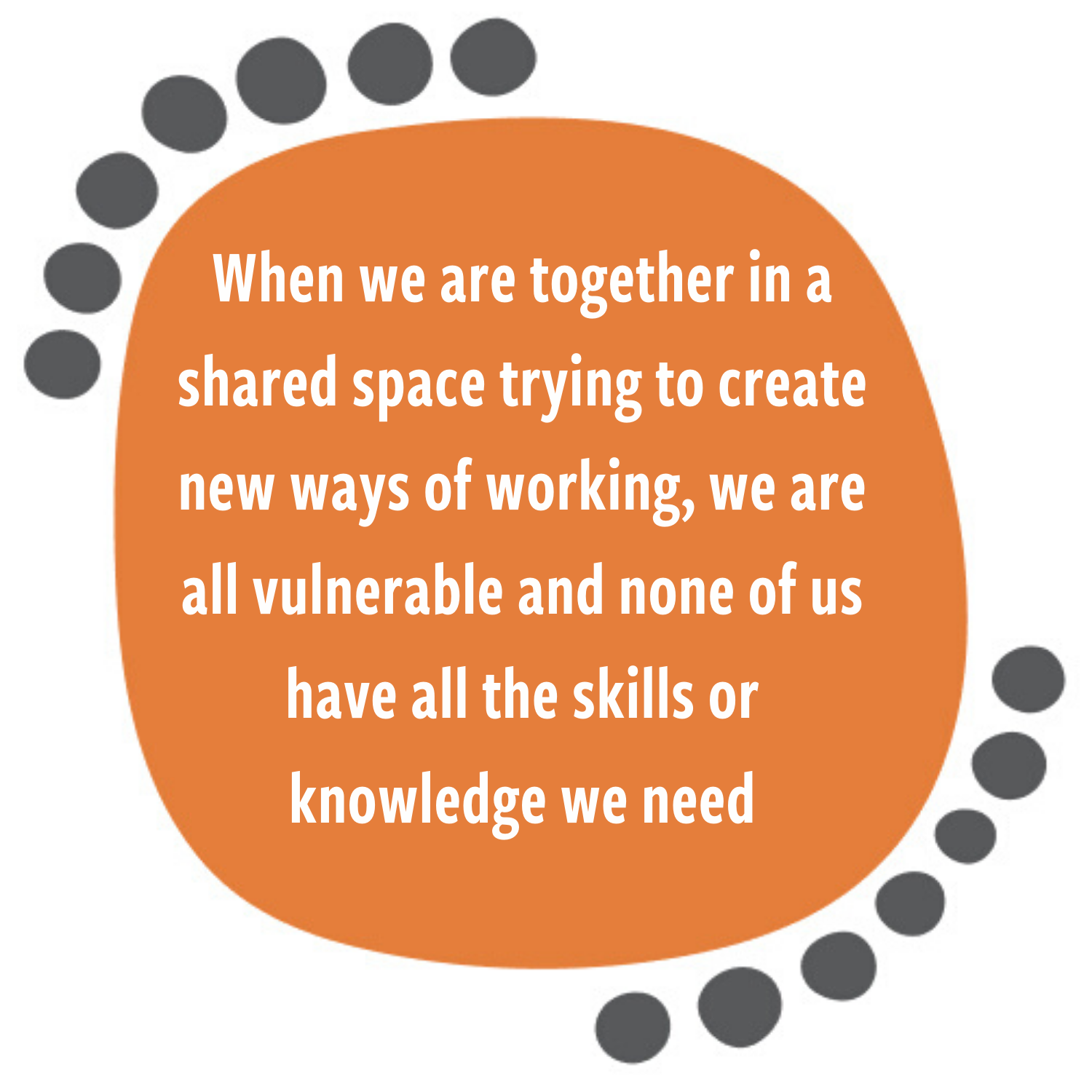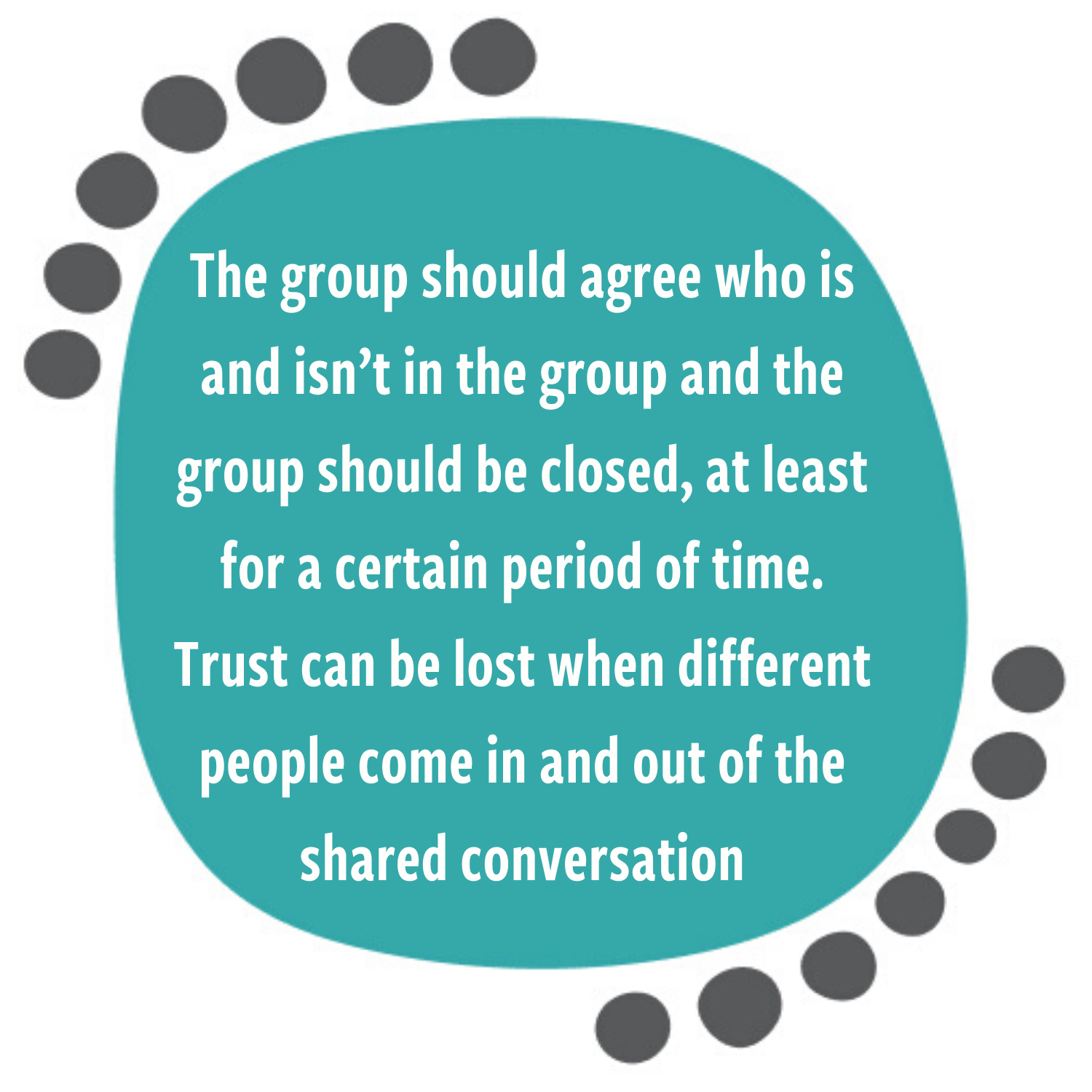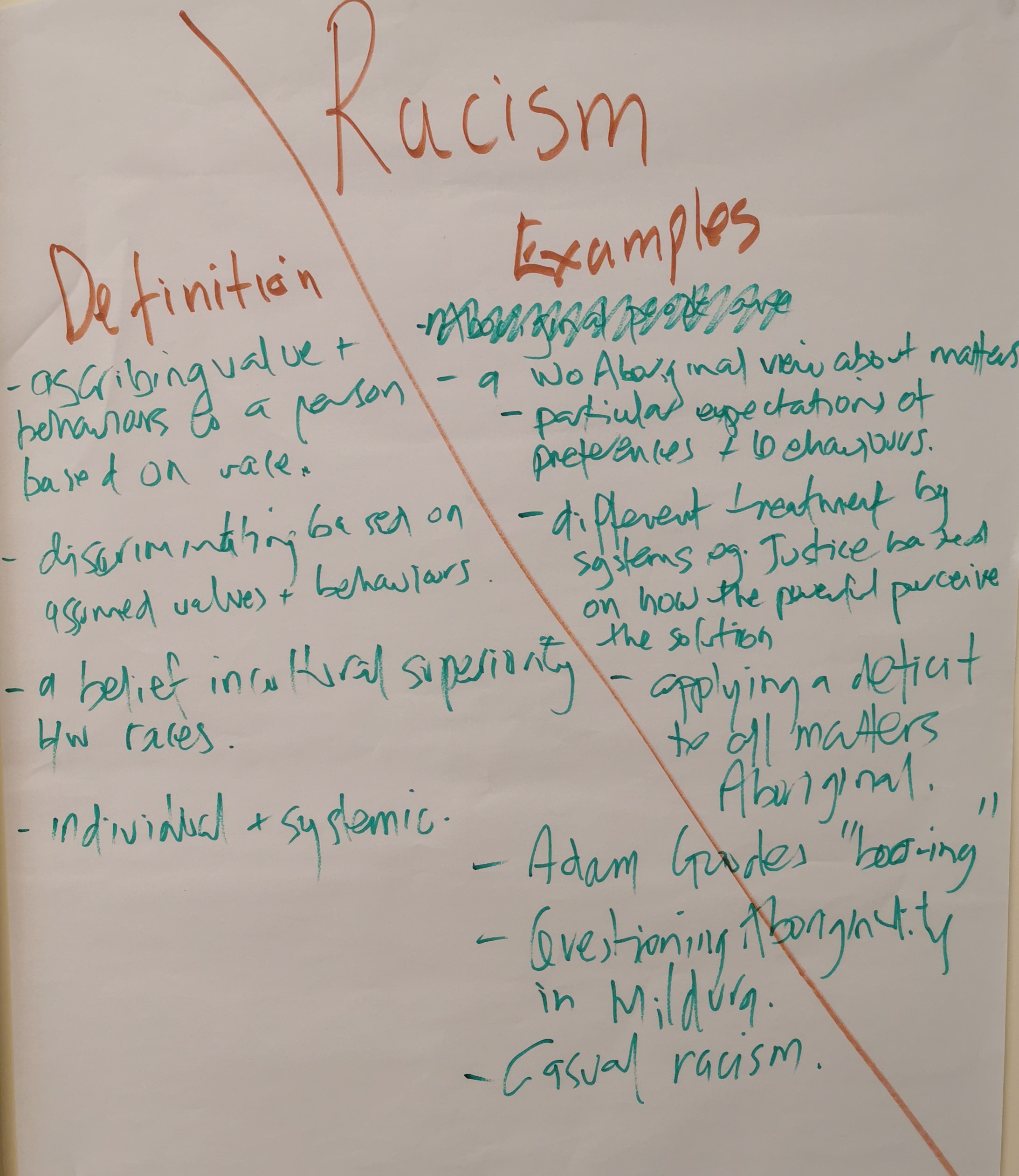2: Creating the Conditions
On This Page
Safety is an important condition for this kind of work. Safety requires strong foundations, clear purpose and defined boundaries. These things create what we call a container for working together with trust and safety.
Discuss
Creating a container for collaboration
Most attempts at working together to create change fail because the foundations were not put in place at the start. One of those foundations is often called a ‘container’ which just means that it holds the process of collaboration inside clear boundaries and limits. This requires strong foundations, clear purpose and well-defined boundaries.
Learn More

Understanding and developing trust
We do not need trust before we start. Deep Collaboration goes beyond the old approach of agreeing on a plan at the beginning and working towards it. There is no plan when we are creating new ways of thinking and working together.
Learn More

Our invisible plans
None of us go into collaboration with no plan. Sometimes we write it down, explain it or just keep it in our mind. All of us have an idea about what will lead to success and what will cause the outcome we want.
Learn More

Being vulnerable
Remember your purpose and be clear and open about it with others. Understand the types of power you have and the times you feel powerless. Every person feels vulnerable in different situations and to acknowledge it is a strength rather than a weakness. When we are together in a shared space trying to create new ways of working, we are all vulnerable and none of us have all the skills or knowledge we need.
Learn More

The benefits of conflict
In Australia, most of us do not like conflict. Often, we see conflict in workplaces and communities hidden away or dealt with behind closed doors or under the surface. It is rare to openly talk about these disagreements and to question people who have power about the ways they use it.
Learn More
Why is conflict good sometimes? Don’t we want peace?
Conflict can be a valuable tool - particularly in the work of Deep Collaboration. Mark, Jane and Grant discuss how and why conflict can be helpful and when it's not.
Resilience
We often think about resilience as the ability to survive trauma and hardship. The way we think about it in Deep Collaboration is as the ability to develop and change ourselves with inner-strength and our connection to others.
Learn More
What are some ways you can develop resilience in this work?
We all need resilience to be able to sustain ourselves through the sometimes difficult work of Deep Collaboration. Mark, Jane and Grant discuss ways we can foster our resilience.
Compassion
This may well be the most important overall skill in Deep Collaboration. We all understand compassion in our personal lives, but many of us have not worked with it in collaboration with others. We need to recognise the ways that the feelings and experiences of others are similar to ours, and to accept them in ourselves. This may mean accepting things that cause us to feel shame or embarrassment.
Learn More

Skills
1
Set up the environment
Think about the physical space where you will be working together in Deep Collaboration. This is important to create the container that we need.
Things that can be helpful include: neutral meeting place, comfortable chairs, rules of confidentiality, free from distractions and interruptions, separate from day-to-day work, and a setting that helps people relax and open themselves to discussion. Having an existing relationship with, or demonstrating reaching out to the First Nations people on whose land you are having your meeting will aid the cultural intelligence of your work together in Deep Collaboration.

2
Who's in the room
Deep Collaboration requires people with different views to work together. Each of the people participating will have different levels of readiness, capacity for collaboration, skills, and sense of urgency around the work. We all should try to understand this as well as possible.
We will never have all the right people in the room at the right time. The group should agree who is and isn’t in the group and the group should be closed, at least for a certain period of time. Trust can be lost when different people come in and out of the shared conversation.

3
Develop shared language
Discuss and agree on how people want to be described and what terms and language are respectful. This process can help build towards trust as it requires every participant to listen and accept the others’ preferred way of being seen.
When people begin to use the same words with the same meaning, they communicate more effectively, minimise misunderstandings, and gain the sense of being on the same page, even while grappling with significant differences.
Explore the glossary for terms and our definitions

4
Create shared principles around trust
Ask people to reflect on what level of trust they need and what this looks like. It can be helpful to suggest to people to imagine the discussion getting difficult, and talk about what they might need. The goal is to keep people connected and avoid people retreating from the relationship. Discuss this as a group and write a list on a big sheet. Create some shared principles and go back to them when needed.
How do you create shared principles around trust?
Shared principles around trust are a key factor in Deep Collaboration. Mark, Jane and Grant discuss different strategies for creating shared principles around trust.
5
Create shared values and purpose
In a similar way to shared language, we need to find the values and purpose that are shared within the group. This means discussing the reasons people are participating and finding the common ground.
Coming back to shared purpose and values is vital to keeping people in relationship through conflict and at other times things are difficult. Deep Collaboration does not ask people to agree on everything, but to start with the common ground and create something new starting from that point. For further pointers see: How do you build a shared agenda? in Further Resources below.
What is ‘just good enough’ common ground in shared values and purpose?
'Just good enough' common ground is all we need to move forward in our collaborations. But what does that mean or look like? Mark, Jane and Grant discuss.
6
See yourself as separate from your role
In Deep Collaboration we will each have many roles that we play in the collaboration. They can be personal feelings, formal and informal positions and worldviews. It is helpful to see our positions on issues being discussed as a ‘role’ that we represent as well as our personal view. The role is not just you or I, but part of the collaboration. Becoming more aware of what role we are in, and the role others see us in, makes it easier to manage conflict and progress collaboration, particularly when we feel criticism from others. Whilst difficult, if we can learn to understand criticism as criticism of a position or a role and not an attack on ourselves as a person, it can help us stay connected during conflict. By viewing our positions as roles, it also gives us permission to sometimes let go of a role, even for a moment, to step into another perspective or let someone else take that role up and learn from it.
After 6pm, there is an opportunity to think about the personal bit of some of the feedback we are getting.
How to separate yourself from your role
We are all much more than the roles we are in a group. Learning how to separate yourself from your role is crucial to developing resilience and also neutrality when you need to in Deep Facilitation. Mark, Jane and Grant discuss how to do it.
7
Find and explore difference positively
Our goal is to create something new that is shared by everyone in the group. To do this, we have to talk about our differences and explore them as the key to success.
Deep Collaboration will bring up differences in agendas, approaches, culture and power. As more difference surfaces, we often look to those with power or authority to maintain order, or attack them for not suppressing or ending conflict.
The practice and skill of exploring differences requires us to listen for different views, bring them to the surface, and stay in relationship as we talk through them, even if they bring strong emotions with them.
Once again, our shared purpose and values will bring us through these situations and turn conflict and difference into tools and keys for creating the new shared leadership we are here for.
Why seek out difference if we are trying to collaborate?
If we are trying to collaborate, won't seeking out difference make it worse? Mark, Jane and Grant discuss why the counter-intuitive approach of seeking out difference is helpful in Deep Collaboration.
Tools
Why is conflict good sometimes?
What are some ways you can develop resilience?
How do you create shared principles around trust?
What is ‘just good enough’ common ground?
How to separate yourself from your role
Why seek out difference if we are trying to collaborate?



